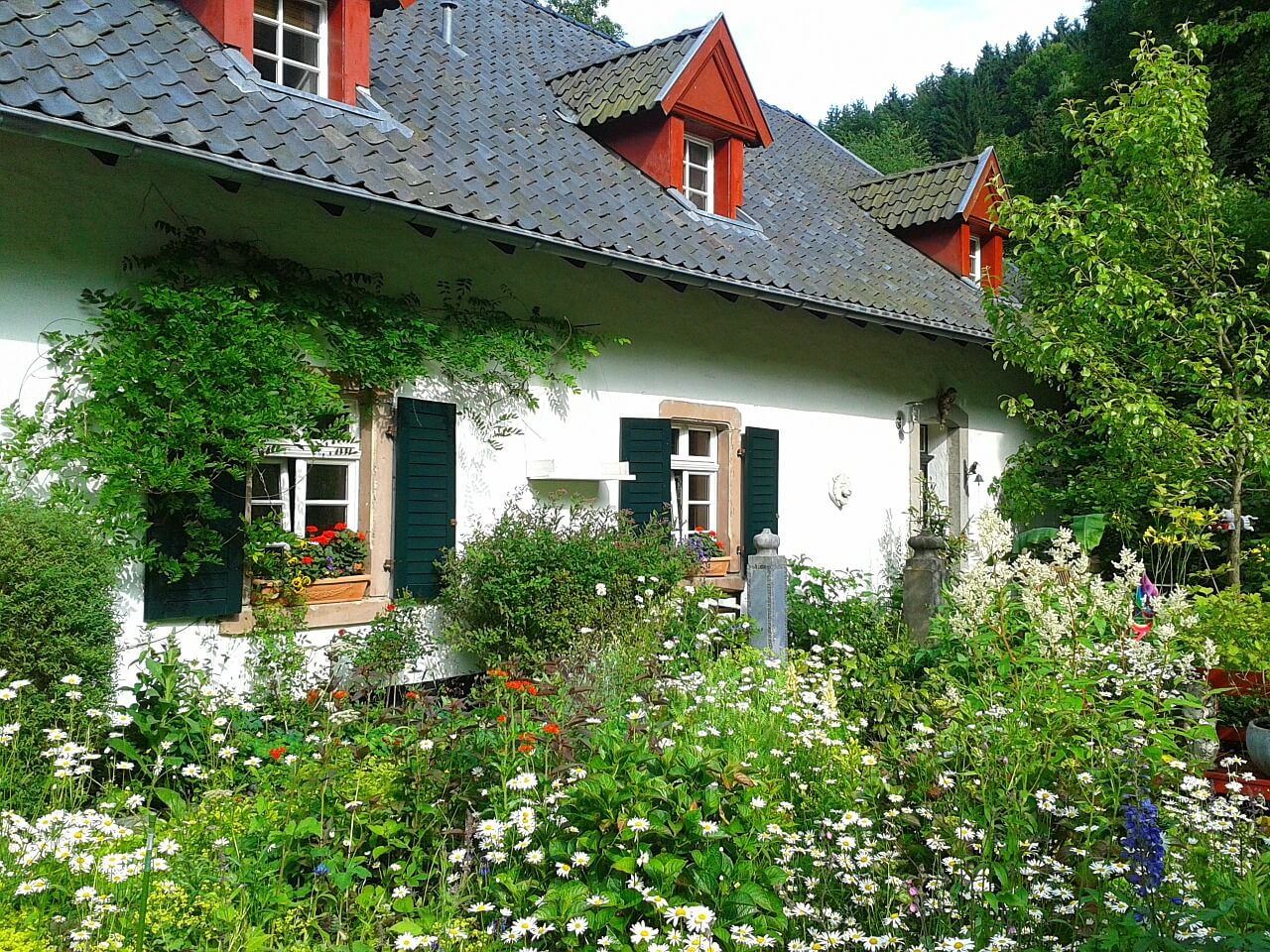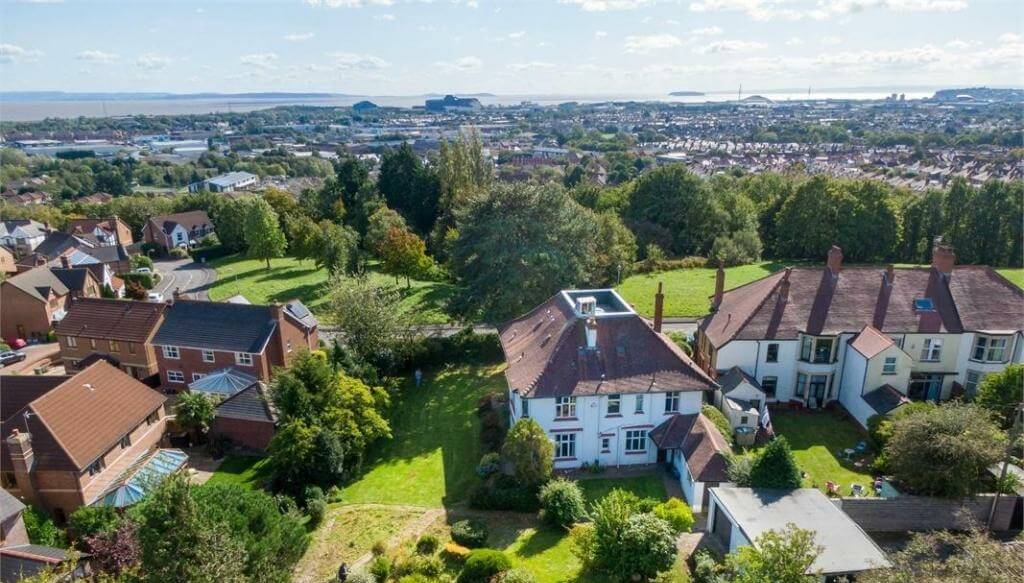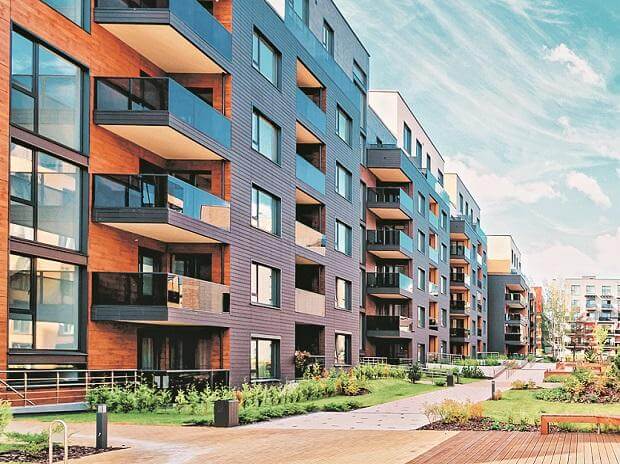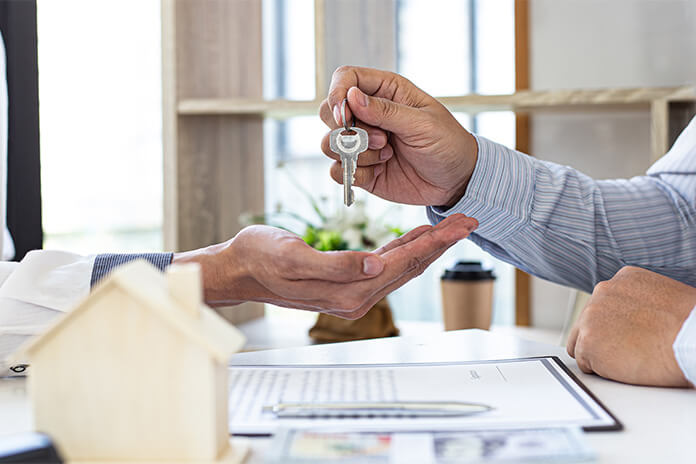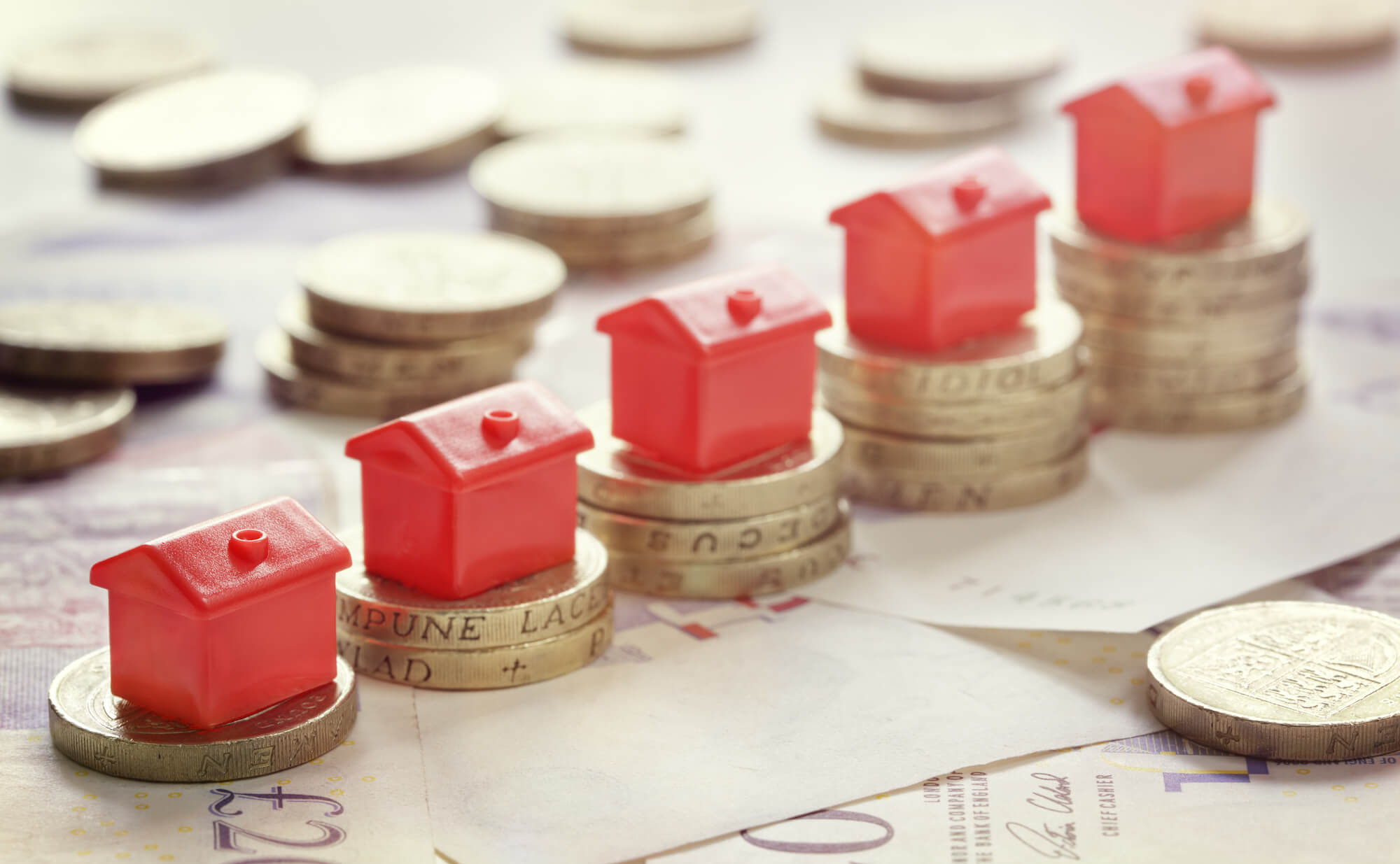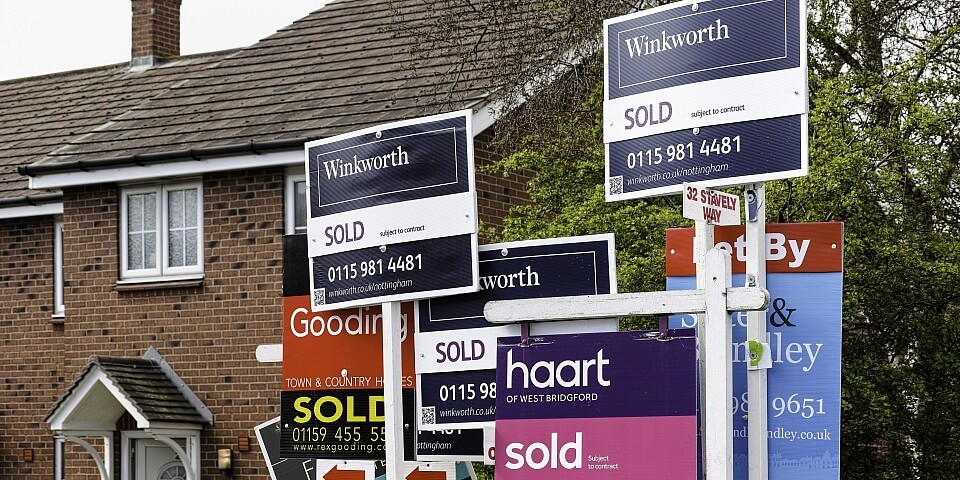Momentum Slowing but House Prices Still Rising
The average property in the UK increased in value by £1000, last month – according to the most recent Halifax index.
It brings the cost of the average house to £261,221. That’s £18,500 more expensive that the same time last year. July was the first month prices have been regarded since the ‘less generous’ Stamp Duty Holiday in England and Northern Ireland saw the £500,000 free tax threshold reduce by 50% to £250,000. In October it will revert to the usual £125,000 figure.
Annual house price rate falls for 2021
According to the High Street lender, the rate of increase for house prices last month was 0.4%, which was less of an increase than in July 2020. This means the annual house price increase for 2021 has fallen to 7.4%.
Russell Galley, Halifax’s managing director said he expected buyer activity to cool over the coming months, resulting in a steadier paced housing market by the end of the year. Despite this, fewer houses available compared to demand combined with continuing low interest rates means prices shouldn’t be falling any time soon – if at all.
Nicky Stevenson, managing director at the estate agents Fine & Country, said the Halifax figures showed that “the era of ballooning house prices is not over yet, even if a little air is now slowly starting to hiss out of the market.”
Greater mortgage availability and government schemes to help fund deposits were also helping to inflate prices. She added: “While annual growth has softened slightly since the frenzied heyday of the stamp duty holiday, there is still a great wall of money coming into the market despite the phasing out of this much celebrated tax break.”
This ‘great wall of money’ from affluent house owners who already have impressive amounts of equity in their existing homes, means many second steppers as well as first time buyers can’t afford to move home – certainly not at the present time.
In fact, the price difference between a two-bedroom flat and three-bedroom house has doubled over the past decade. According to Zoopla’s figures the difference is £78,000, compared with £39,000 in 2010.
North – South property divide widens
And, as people move towards greener spaces and bigger properties, the North and South divide continues to grow. Most popular destinations to move to judging by the rise in house prices from the Halifax survey, are the north-west and Yorkshire & Humberside. Wales also saw a large jump in house prices, with as much as 13.8%. London and the south-east, as well as the east of England witnessed far smaller house price jumps. Property in the capital was the lowest increase at just 2.5%.
House prices up 20% over five years says analyst
Tom Bill, head of UK residential research at property agent Knight Frank expects prices to rise by as much as 20% over the next five years or so. This, he says, will be due to the fact more people will be working from home and looking for more space for their own office. He too sees continued migration to the countryside.


